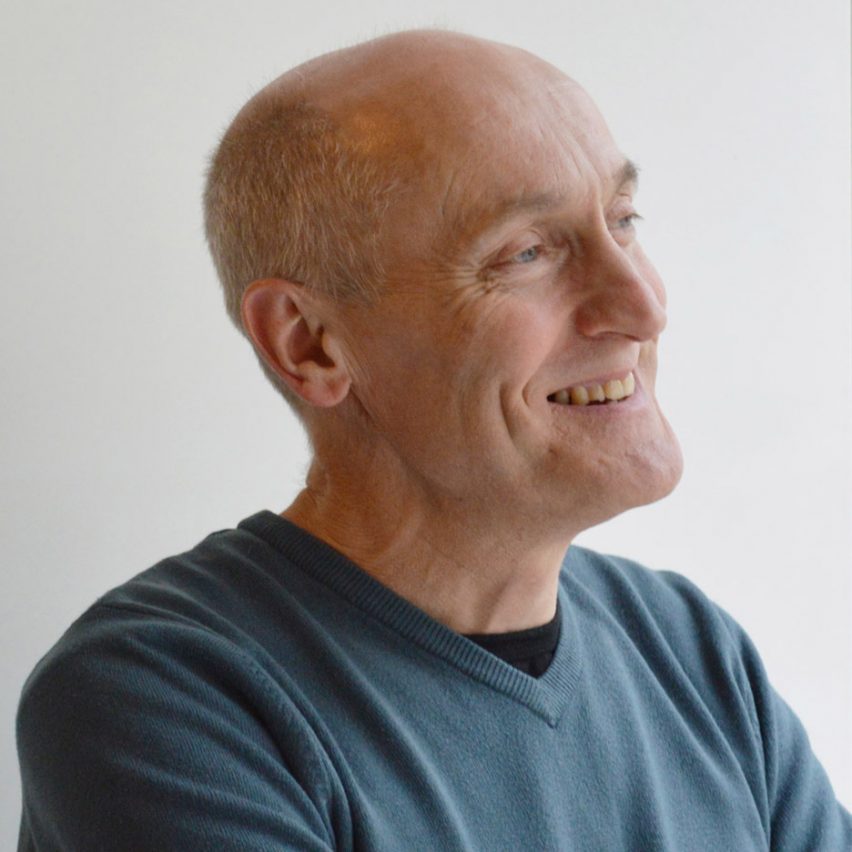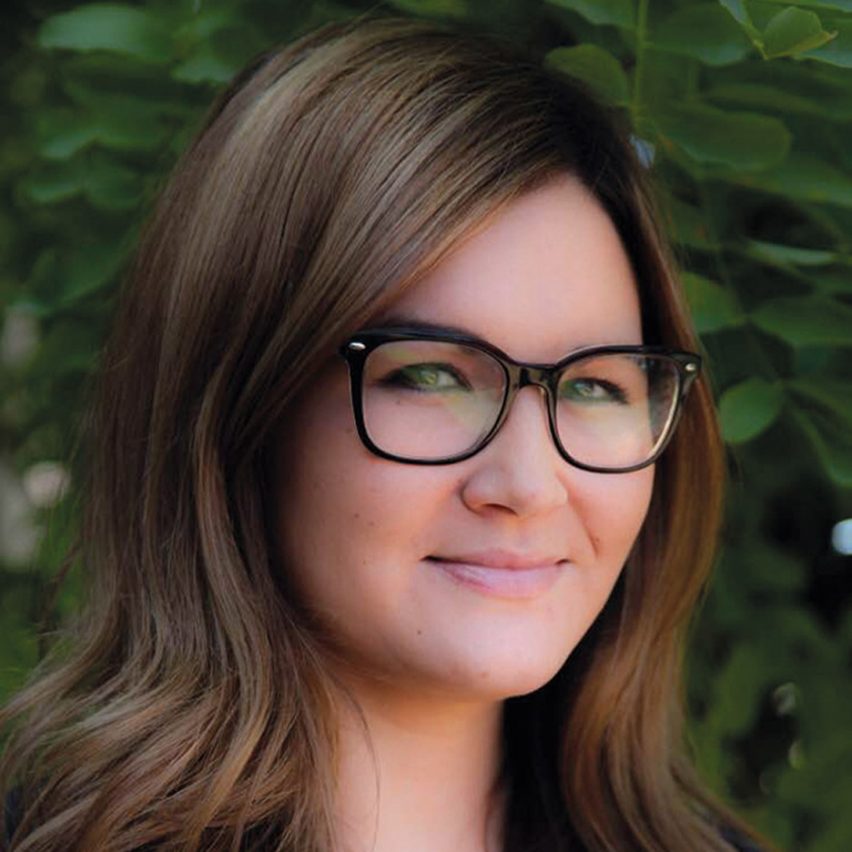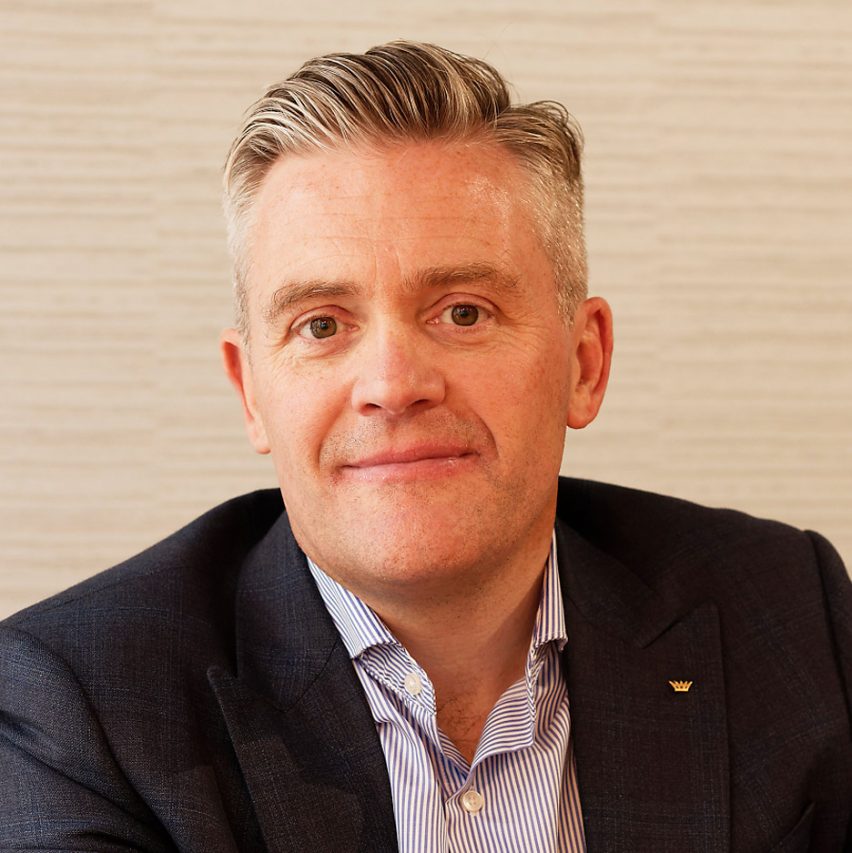"Demolition is sometimes the best option" says Bartlett professor at Net Zero Carbon talk
Construction experts discuss the ways that the building industry can move towards having zero carbon emissions in this panel discussion filmed by Dezeen for Kingspan at the Building Centre in London.
Called Accelerating the Pathway to Net Zero Carbon Buildings, the event was hosted by architectural facade specialist Kingspan and independent research forum New London Architecture.
Moderated by AECOM's Tom Lelyveld, the panel of five speakers drew on academic research and industry experience to discuss how the UK could achieve its target of net-zero emissions by 2050.
A range of arguments were made on the subject, including how retrofitting existing buildings is not as sustainable as people have been led to believe and that timber is not always the solution to decarbonising the built environment.

Panellist Michael Stacey, who is a teaching fellow at the Bartlett School of Architecture, argued that sometimes demolition can be more carbon efficient than retrofitting a building.
Stacey explained that refurbishing a building often means that less than half carbon is retained, with levels sometimes much lower.
"Demolition is sometimes the best option," he stated. "In most cases, reusing existing buildings saves between four and 46 per cent of the carbon."
In some situations it may use less carbon to demolish a building and replace it with an entirely new structure that has had sustainability considered from the outset.
"If you convert a warehouse into a multi-occupancy residential building it uses 17 per cent more carbon that a new build."

In contrast to the advice given by speakers at the Architecture of Emergency climate summit in September, Stacey also argued that timber is not always the most sustainable material to use.
The academic believes that people may be misusing timber due to a difficulty in obtaining and interpreting life cycle analysis reports that detail the full environmental impact of a product.
"There are reputable books that say this: if you can't understand the mathematics of life cycle analysis, specify wood. I'm afraid that it's not correct," he stated.
"Timber inside buildings is great because you are looking after the CO2 for as long as the life of the building, but what is not recycled is typically burnt," he added.
In addition to emitting CO2 when it is burned at the end of its life, timber that is used on the outside of a building – especially in the case of windows – must be repainted every eight years to prevent it from rotting and releasing the carbon it has locked up, according to Stacey.
To prevent the misuse of materials, Stacey suggested that life cycle analysis reports should be made more freely available.

The panel also featured Allies and Morrison director Mark Taylor, Kingspan's global head of sustainability Bianca Wong, Sean Butler of metal facade supplier Schüco, and Billy Field from Dane Architectural.
In addition to making the science behind carbon emissions more transparent, the panel also advised that the introduction of legislation and government-backed financial incentives would contribute significantly to attaining the UK's aim of net zero carbon.

Taylor is the director of architecture practice Allies and Morrison. The London-based firm is one of the signatories of Architects Declare – a campaign signed by more than 700 architecture practices across the UK declaring a biodiversity and climate emergency.
Wong is the global head of sustainability at Kingspan and is leading the specialist building facade company in attaining its goal to become a net zero carbon business by 2020.
Butler is the commercial director of Schüco, an international building facade supplier that aims to facilitate harmony between buildings, their users and nature.
Field is the director of Dane Architectural, a facade specialist that has provided the exterior components of buildings by Grimshaw Architects and Steven Holl Architects.
The talk is the latest example of built environment professionals addressing their own carbon emissions in order to combat climate change. Last month, Dezeen hosted a conference in which environmental designer Sophie Thomas conducted an analysis of the carbon emitted by the event, while Stirling Prize-winning architect Mikhail Riches pledged to work on zero-carbon projects.